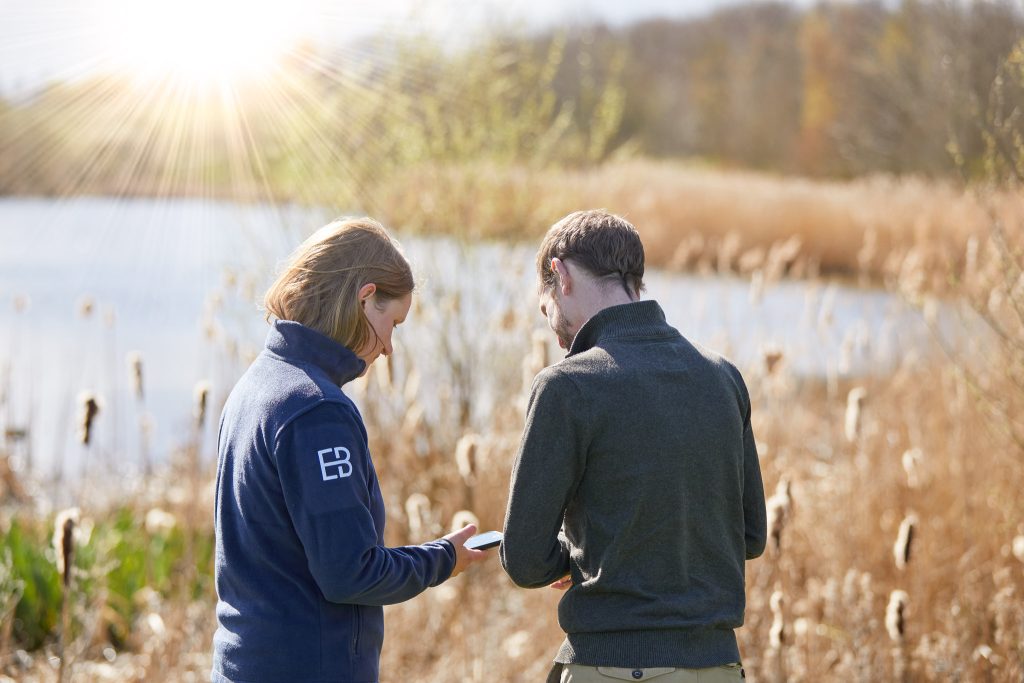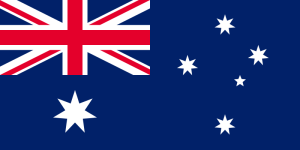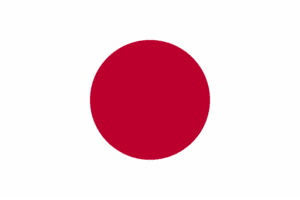September 2024
September 2024
Key risks: Targets may or may not be achieved. Capital at risk. Past performance is not a reliable indicator of future performance. Opportunities may or may not materisalise. Thoughts and opinions expressed are correct at the time of posting but are subject to change.
In 2021, the UK Government passed the Environment Act, a critical piece of legislation that aims to protect and enhance the environment.
A key feature of the Act is the Biodiversity Net Gain (BNG) requirement, which mandates that developers enhance wildlife habitats, achieving at least a 10% increase in biodiversity value on all new developments. Post-construction, they must ensure these habitats are measurably improved and maintained for 30-years. If this is not possible on site, biodiversity units can instead be purchased from providers who create and maintain habitat banks offsite.
By putting a monetary value on nature, the regulations play an important role in protecting ecosystems and accelerating the growth of the biodiversity market. This goes hand in hand with the growing impetus for corporates, investors, insurers to consider long-term biodiversity dependencies in the risk management of their operations or portfolios, as well as the products they offer to customers.
Our involvement
Regeneration is one of six key subsectors within our sustainable infrastructure strategy. Gresham House’s Sustainable Infrastructure team has worked to curate and implement a new investment opportunity through which to gain exposure to the theme of nature restoration and in turn provide a platform for local government pension schemes and other institutional investors to invest in nascent nature markets.
In 2021, Environment Bank Limited (EBL) became a portfolio business within our Sustainable Infrastructure strategy. Dedicated to tackling the critical issue of biodiversity loss and ecosystem collapse, EBL creates landscape-scale ‘habitat banks’, turning areas of low grade or non-arable farmland into mosaics of woodlands, wetlands, and species-rich grasslands. This fully funded, high-integrity, offsite solution satisfies developers’ BNG requirements, enabling them to get planning permission and outsource the 30-year obligation to manage the biodiversity gain.
Once the BNG units are validated via the Defra biodiversity metric, they are sold to developers who need planning permission or to corporates seeking to mitigate their impact on nature and/or enhance their nature strategies.
The whole concept and creation of this new investment asset class was originated, developed, structured and then ultimately implemented by our Sustainable Infrastructure team giving them effective ‘founder status’. The Sustainable Infrastructure team is involved in the onboarding of all new EBL sites, approving the legal, financial, and market feasibility of each habitat bank before releasing funds. We also support the EBL team in the selling of BNG units and general business oversight.
Pricing biodiversity
As this is a nascent market influenced by local supply, demand, specific habitat type and regional factors affecting land pricing, it is not possible to specify a single market price for BNG units. Biodiversity is not fungible like carbon.
For the mandatory BNG market, the best proxy is found in the statutory backstop pricing that has been issued by Natural England. These statutory credits have been priced at a deliberately uncompetitive level so as not to interfere with the emerging private market, with low-distinctiveness habitats starting at £42,000 per unit, rising to £650,000 for lakes.
This is before a spatial risk multiplier is added, which doubles the amount of statutory credits needed and in turn the cost to the developer. EBL is seeing the emerging private market offering in the region of £30,000 for medium-distinctiveness units (semi-natural habitats not classed as priority habitats).
Case study
EBL has established up a 38-hectare site near Milton Keynes, offering further diversification of income for the working farm and campsite.
The habitats created at Wood Farm will connect existing ancient woodland and local wildlife sites within the surrounding area. EBL’s habitat bank creates the opportunity to buffer and extend these priority habitats while also increasing connectivity to the wider landscape. By connecting into existing habitats in this way and respecting the Lawton Principles1, our habitat banks offer a multiplier effect, creating much better environments for wildlife and invertebrates compared to smaller pockets of biodiversity, thereby offering better outcomes for nature.
Target habitats on the farm include lowland meadows, other neutral grassland, mixed scrub and native-species-rich-hedgerows. These habitats have been identified in collaboration with the landowner, considering the area’s wider landscape character and the site’s environmental condition.

Over time working with EBL, we expect the project will see a dramatic increase in soil quality, helping to rebuild the ecosystem services on the site, locking up water and carbon and helping to provide improved air and water quality locally. The habitats proposed on-site have the potential to attract species native to the area not currently present, such as nightingale, garden warbler and turtle dove.2
Over the next 30 years, this site aims to reach conditions and to be maintained as a high-quality habitat, delivering net gains in biodiversity.
Nature-based solutions such as habitat banks and BNG initiatives, if delivered at scale globally, could have the potential to deliver up to 10Gt of CO2 savings per year.3
By facilitating the planning process for new developments, habitat banks support the wider social and economic need for more homes and development in England, with market experts predicting this could translate into up to £400mn per annum of offsite BNG credit requirements indefinitely.4 Additionally, corporates can use BNG credits to mitigate their nature-related impacts, and potential dependencies and risks on a voluntary basis.
Habitat banking is one of the best ways to address the challenges posed by the BNG requirements and deliver positive impact. With the right amount of private capital backing and incorporation into risk management strategies, it could play a crucial role in solving the nature and climate crises.
Gresham House and natural capital
At Gresham House, our natural capital offering aims to provide investors with access to return-generating real assets that contribute to the transition to both a nature-positive and a net-zero economy.
We are the ninth largest natural capital manager globally, investing in an increasing range of profitable natural capital assets, including sustainable forestry, sustainable agriculture, carbon forestry and biodiversity creation.
We invest in assets which address the nature crisis by taking action across a combination of the following four pillars.
Production of sustainable natural resources
-
- Produce sustainably managed timber to contribute to the circular economy and reduce agricultural impacts on nature
Avoid and mitigate climate change
-
- Contribute to the transition to net zero by avoiding, reducing and removing carbon emissions and support the development of resource efficient infrastructure that can produce food more sustainably
Restore and protect biodiversity
-
- Contribute to the transition to a nature positive economy by protecting and restoring biodiversity
Create social value and support long term stewardship of nature
-
- Provide community value through access to nature, create employment opportunities and protecting or securing land rights
1. LAWTON J.H ET AL (2010), Making Space for Nature: a review of England’s wildlife sites and ecological network
2. Targets may or may not be achieved
3. Nature (2021), Nature-based solutions can help cool the planet – if we act now
4. DEFRA (2020), Biodiversity Net Gain: Market Analysis Study
 Gresham House
Specialist asset management
Gresham House
Specialist asset management






